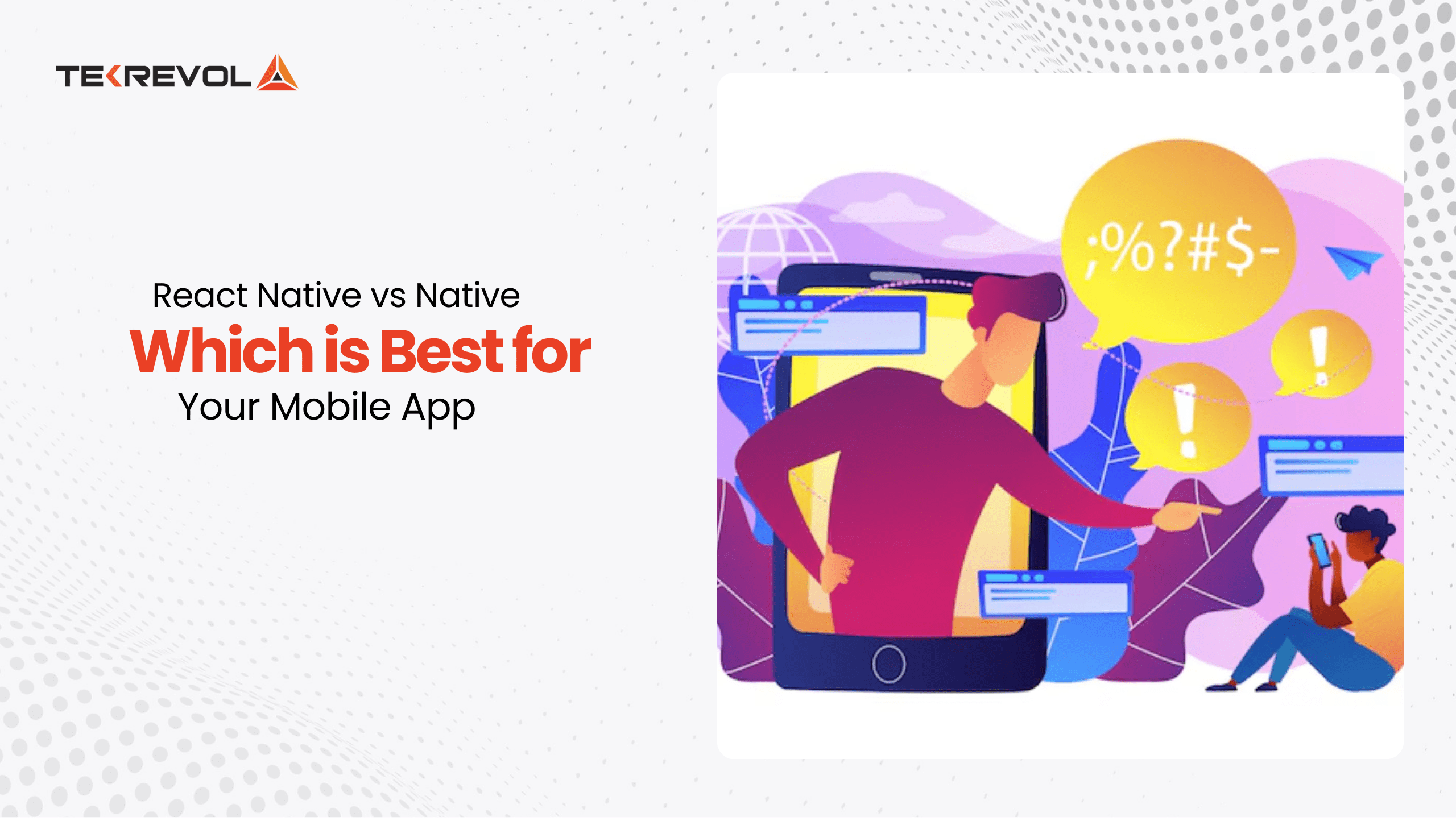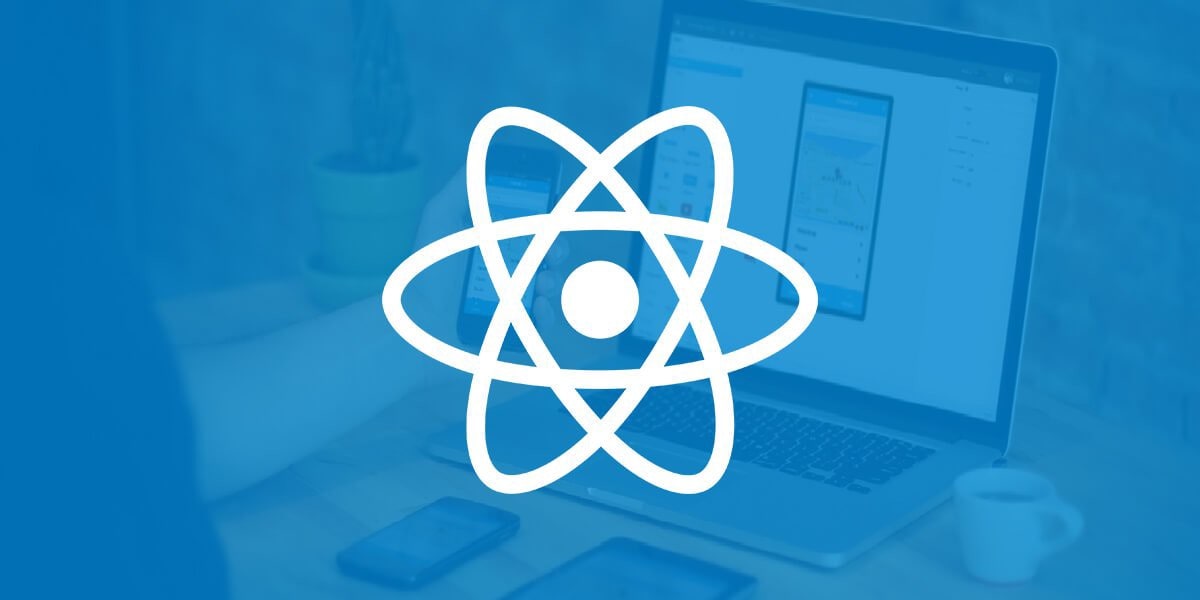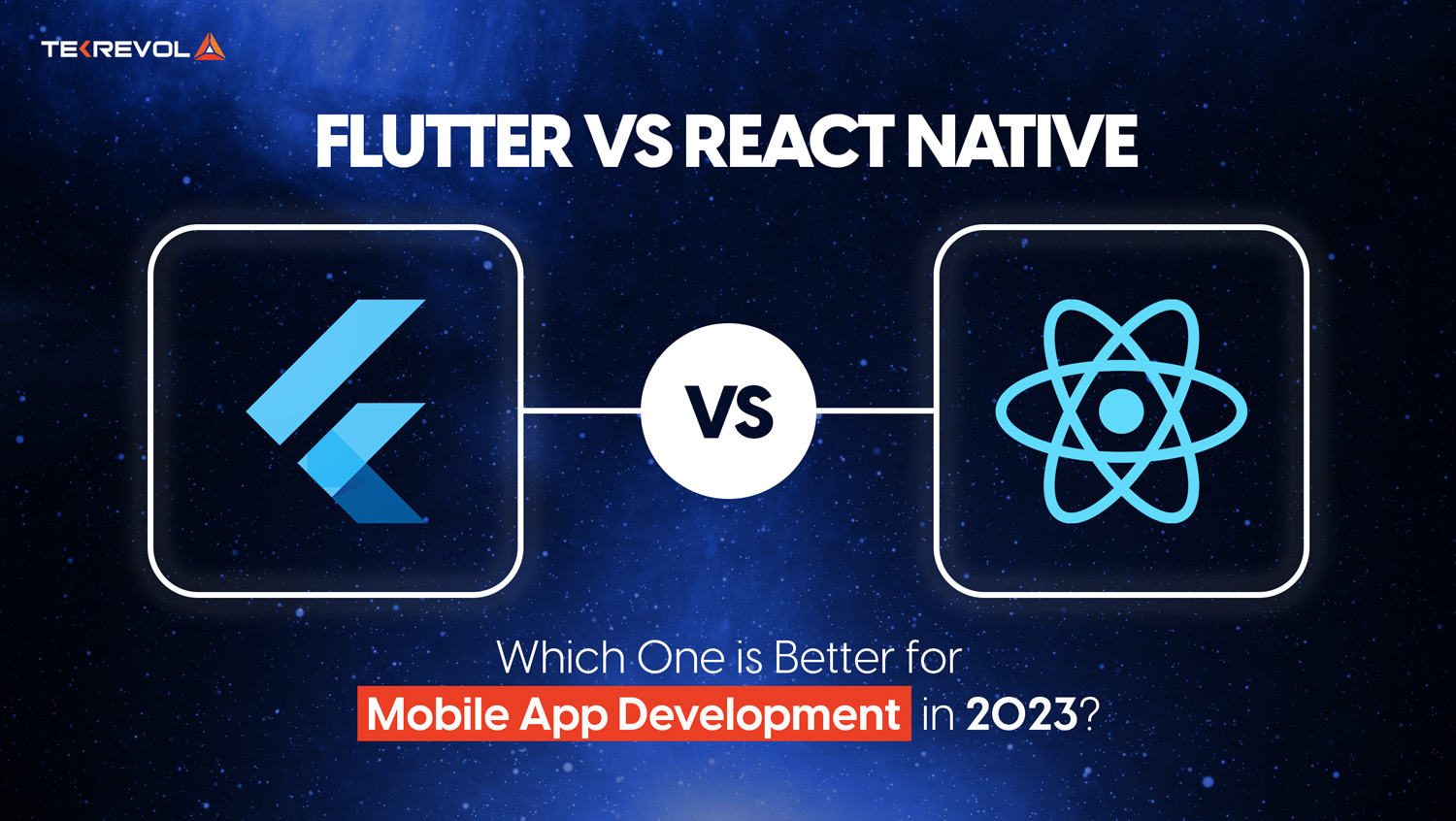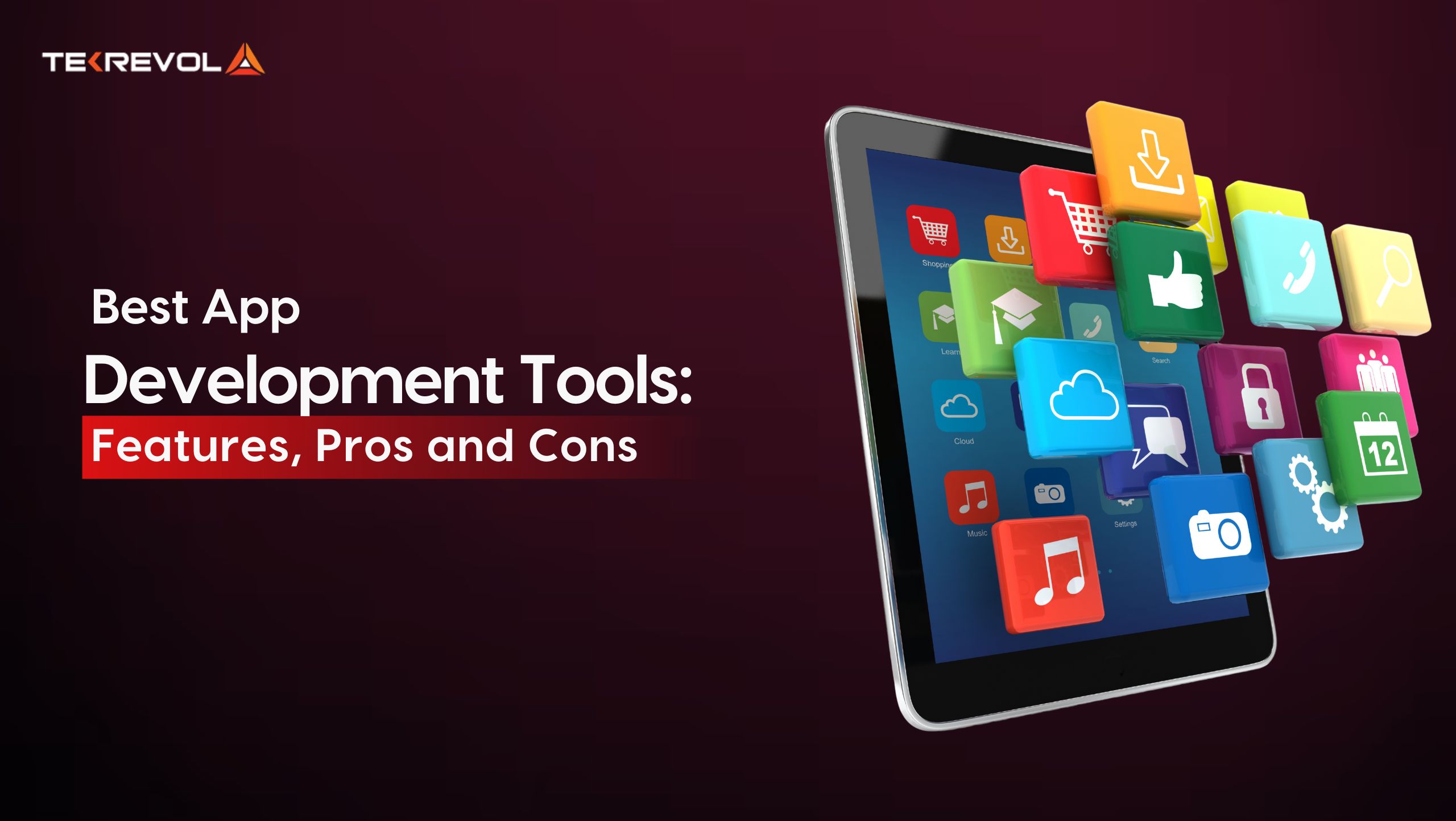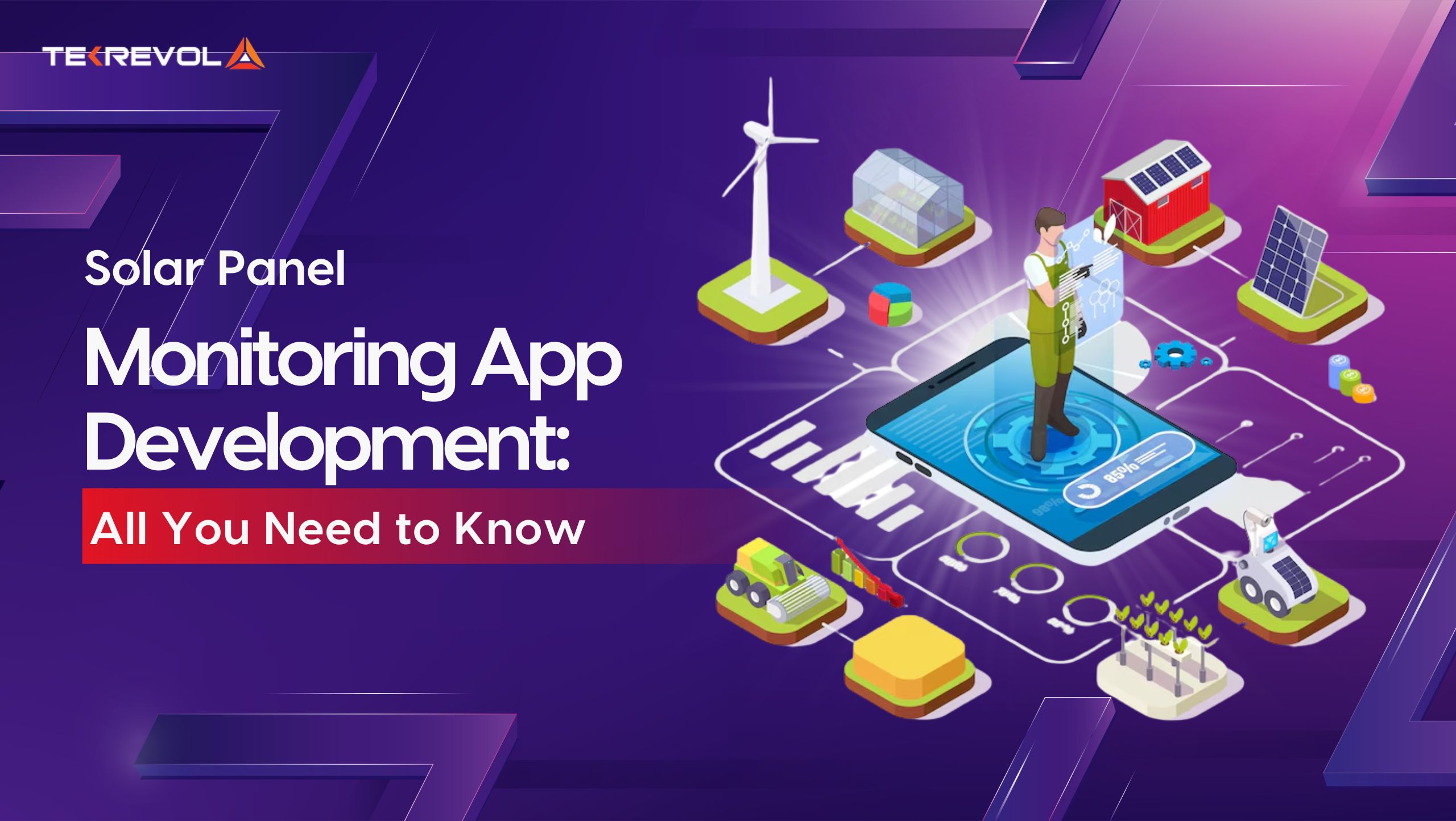Do you know what’s common between Facebook, Walmart, and Airbnb?
They all have mobile applications built using various development frameworks, primarily focused on native app development.
But it was not always the same.
For instance, Facebook was earlier heavily invested in React Native for their apps but they encountered challenges with maintaining two separate codebases for iOS and Android, prompting them to shift focus towards native app development for better performance and user experience.
So, now there are two types of development approaches:
- Those who prioritize speed, cost-efficiency, and cross-platform capabilities choose React Native.
- And those who seek optimal performance, full access to device features, and superior user experience, opt for native development.
In the midst of both stand you, searching for “React Native vs Native” and looking for the best approach for your mobile app development.
You are at the right place.
This write-up discusses React Native vs Native development and native vs React Native, exploring the strengths and weaknesses of each framework to help you make an informed decision.
React Native vs Native: Overview
What is React Native?
React Native was founded by Facebook back in 2015. It is a popular framework where developers can write mobile applications employing JavaScript and sharing the very same code base for Android and iOS.
This approach saves development time and costs profoundly and attracts start-ups as well as businesses that must reach out quickly to a large audience.
React Native uses native components; that is to say, the applications could be able to operate at levels close to fully native apps.
However, it relies on a bridge that connects JavaScript with native code, which can cause more serious problems in the application regarding its performance.
What is Native App Development?
Native development refers to building apps using platform-specific programming languages, such as Swift or Objective-C in iOS and Java or Kotlin in Android. The approach gives developers direct access to all the features of a device, thus adding to superior performance and user experience.
Native apps are developed according to the rules of each platform; therefore, the application is a polished interface and intuitively user-friendly. The approach has disadvantages, as a different codebase for various platforms increases development time and cost.
Native apps are good for high-class graphics and complex animations with smooth functioning on any device, so they are the best for games, AR, and complex applications where responsiveness is very important.
- Ready to Build Your High-Performance Native App?
- Partner with a leading native app development company to build high-performance native apps for iOS and Android and end the debate of react native vs native development once, forever.
React Native vs Native: Key Differences

Performance (React Native Performance vs Native)
Native applications are developed in platform-specific languages such as Swift for iOS and Java or Kotlin for Android, giving direct access to hardware of the device and optimum performance.
This results in quicker execution and smoother animations, which makes native development suitable for performance-intensive applications like high-end games or complex animations.
In contrast, React Native uses a bridge to communicate between JavaScript and native components, which can introduce slight delays. While React Native performs well for many applications, it may not match the speed and responsiveness of native apps in scenarios requiring intensive processing.
Development Speed and Cost
Because React Native enables the writing of a single codebase for both iOS and Android platforms, development time and money are saved. Its cross-platform nature enables quicker deployment, and maintenance becomes easier too.
Companies like Airbnb have used React Native to speed up their development. Native development, however would demand a separate codebase for each platform; hence, a longer development cycle as well as greater costs.
This approach is chosen when the application is meant to implement some specific optimizations that require being platform-specific.
User Experience (UI/UX)
Native apps provide a superior user experience by fully adhering to platform-specific design guidelines and utilizing native UI components. This results in a seamless and intuitive interface that feels natural to users.
React Native aims to replicate this experience by using native components, but subtle differences may exist, especially in complex interfaces. While React Native offers a commendable UI/UX, native development ensures the highest level of consistency and responsiveness.
Access to Device Features
Native development offers complete access to all device features and APIs, enabling developers to implement functionalities like camera access, GPS, and push notifications without limitations.
React Native provides access to many device features through native modules and third-party libraries, but some advanced functionalities may require additional native code. This can add complexity to the development process when specific hardware features are essential.
Programming Languages and Frameworks
Native app development is dependent on platform-specific languages: Swift or Objective-C for iOS, Java, or Kotlin for Android. That means developers should possess more than one set of skills based on the target, namely native iOS versus native Android.
React Native uses JavaScript, and everyone is familiar with it. This single code base is required to make all types of cross-platform applications. That makes the process easier and reduces the complexity of finding skilled developers.
Community and Support
React Native benefits from a large and active community, offering a wealth of third-party libraries, tools, and resources. This support can accelerate development and provide solutions to common challenges.
Native development communities are also robust, with extensive documentation and resources provided by platform owners like Apple and Google. However, the cross-platform nature of React Native’s community can offer broader perspectives and solutions.
Here’s a table summarizing the key differences between React Native and Native app development:
>
| Feature | React Native | Native Development |
| Development Speed | Faster (single codebase for iOS & Android) | Slower (separate codebases for each platform) |
| Cost | Generally lower due to shared codebase | Generally higher due to separate development efforts |
| Performance | Slightly lower, especially in complex apps | Higher, optimized for platform-specific performance |
| User Experience (UI/UX) | Near-native; minor platform inconsistencies possible | Superior; fully aligns with platform-specific design guidelines |
| Access to Device Features | Mostly complete; some limitations may require native modules | Complete access to all device features and APIs |
| Programming Languages | JavaScript, React | Swift/Objective-C (iOS); Kotlin/Java (Android) |
| Cross-Platform Compatibility | High; single codebase runs on multiple platforms | Low; requires separate development for each platform |
| Code Reusability | High; significant code sharing across platforms | Low; minimal code sharing between platforms |
| Maintenance | Easier; single codebase simplifies updates and bug fixes | More complex; separate codebases require individual maintenance |
React Native vs Native: Factors to Consider When Choosing for App Development

The decision of whether to build a mobile application using React Native or native development is a critical one, impacting development timelines, budget, and long-term maintainability. This section explores key factors to guide your choice.
Performance vs. Flexibility (React Native vs. Native Development)
A core trade-off exists between raw performance and development agility.
Native apps, utilizing platform-specific languages like Swift/Objective-C (iOS) and Kotlin/Java (Android), generally offer superior performance, especially for graphically intensive applications or those requiring real-time processing.
This is due to their direct access to the operating system’s resources and compilation to native machine code.
React Native, while significantly improving performance with each iteration, relies on a JavaScript bridge to communicate with native components, which can introduce a slight performance overhead.
On the other hand, the cross-platform of React Native promises faster dev cycles and cost savings. The choice depends on your app’s performance requirements.
A high-performance game, for instance, would likely benefit from native development, while a simple utility app might thrive with React Native’s rapid development capabilities.
Project Complexity and Feature Requirements
The complexity of your app’s features is a major determinant. Simple applications with straightforward functionality often lend themselves well to React Native’s rapid development process.
However, for intricate applications demanding complex animations, extensive device hardware integration, or platform-specific UI elements, native development might be more suitable. Consider the need for deep integration with device sensors, specialized hardware, or highly customized UI components.
For instance, if your app requires advanced features or significant platform-specific customization, native development offers greater control and flexibility.
Budget and Time Constraints
Both budget and time constraints have been critical. The shared codebase of React Native for iOS and Android reduces significant development time/costs when compared to developing natively and using a separate codebase for each project platform.
This ultimately translates into getting the product to the market sooner and reducing total project costs.
However, complex React Native projects can still require substantial development effort, and performance optimization might add to the timeline. For projects with tight budgets or deadlines, React Native can offer a significant advantage.
Long-Term App Scope and Maintenance
Consider the app’s long-term vision. Will it require frequent updates, extensive feature additions, or ongoing maintenance? React Native’s single codebase simplifies maintenance and updates, reducing long-term costs.
Native apps, while potentially offering better initial performance, can be more expensive to maintain due to the need for separate updates across platforms. For projects anticipating significant long-term evolution, React Native’s maintainability advantage becomes increasingly important.
Integration with Device Hardware
The level of integration with device hardware is crucial. Native apps provide seamless integration with device capabilities, offering direct access to hardware features like cameras, GPS, and Bluetooth.
React Native, while offering access to many hardware features, might require additional workarounds or native modules for more complex integrations. If your app heavily relies on specific hardware functionalities, native development provides more direct and reliable control.
API and Third-Party Support
Both React Native and native development benefit from extensive libraries and APIs. However, the breadth and depth of available resources might vary slightly. Native development often boasts a wider range of platform-specific libraries, while React Native’s ecosystem is constantly expanding. Evaluate the availability of necessary libraries and APIs for both approaches to determine which better suits your project’s needs.
Scalability
Scalability refers to the app’s ability to handle increasing user loads and data volumes. Both React Native and native apps can scale effectively, but the approach and optimization strategies might differ.
React Native, while highly scalable, might require careful optimization for handling large datasets or high user traffic. Native development often provides more granular control over performance optimization, which can be advantageous for apps anticipating substantial growth.
App Security: React Native vs. Native Development
Security is paramount. Both React Native and native development offer robust security features, but their implementation and potential vulnerabilities might differ. Careful consideration of security best practices is essential regardless of the chosen framework.
Regular security audits and updates are crucial for both approaches. If your app handles sensitive user data, thorough security assessments should be conducted for both options.
Consider exploring other frameworks as well; a comparison of React vs Angular, for example, could provide further insights into your technology stack options. Ultimately, the optimal choice depends on the specific needs and priorities of your project.
When to Choose React Native for Mobile App Development

By now, you’ve seen the key differences between React Native vs native development. Now, let’s clarify when React Native is the optimal solution for your mobile app project. The decision hinges on your priorities—speed, cost, and the complexity of your app’s features.
Going with React Native for mobile app development is the right choice when:
- You need to build a simple and uniform app with consistent functionality across iOS and Android platforms. A single codebase simplifies development and maintenance.
- Your project needs to be a cross-platform app with the same design and user experience as the same application on iOS and Android devices. In this way, you can achieve maximum reach with minimal development effort.
- You are operating within a limited budget that you are looking to optimize without sacrificing the quality of the user experience. Single codebase React Native enhances your ability to save time and resources in development.
- Speed to market is vital, and you want to get your app out as soon as possible to capture as much of that early user base as possible. React Native’s development cycle can help a company market faster than other options.
- You’re building a social media application like Facebook or Instagram, where multi-platform support is critical to reaching maximum potential outreach.
- Integration with Facebook Ads will form part of your monetization method, and integrating with Facebook’s advertising platform has been pretty smooth in most instances.
- You’re creating an e-commerce app that requires robust functionality but doesn’t necessitate extensive, platform-specific customizations. React Native provides a balance between functionality and development efficiency.
- While the decision is ultimately yours, React Native is frequently preferred for startups aiming for rapid development and broad cross-platform reach.
Famous Brands that Use React Native
Several prominent brands have integrated React Native into their mobile strategies, showcasing its capabilities in real-world applications. Their choices often reflect a strategic balance between performance, development speed, and cost-effectiveness compared to native development.
The following examples highlight the considerations behind these decisions:
Facebook, the creator of React Native, began using it internally around 2015. This early adoption aimed to streamline development across platforms, providing a consistent experience on iOS and Android. It significantly reduced development time and resources, enabling faster feature updates.
Instagram, also owned by Meta, started integrating React Native in 2016. This strategic move enhanced its existing native app without a complete rewrite. React Native allowed Instagram to deliver new features and updates rapidly while preserving a high-quality user experience.
Airbnb
Airbnb adopted React Native in 2016 for its cross-platform benefits, enabling quick feature development for both iOS and Android. However, they later transitioned some components back to native development due to performance limitations in complex features requiring native solutions.
This choice by industry leaders demonstrates React Native’s power for cross-platform efficiency, especially in applications focused on rapid development and feature consistency.
When to Choose Native Mobile App Development
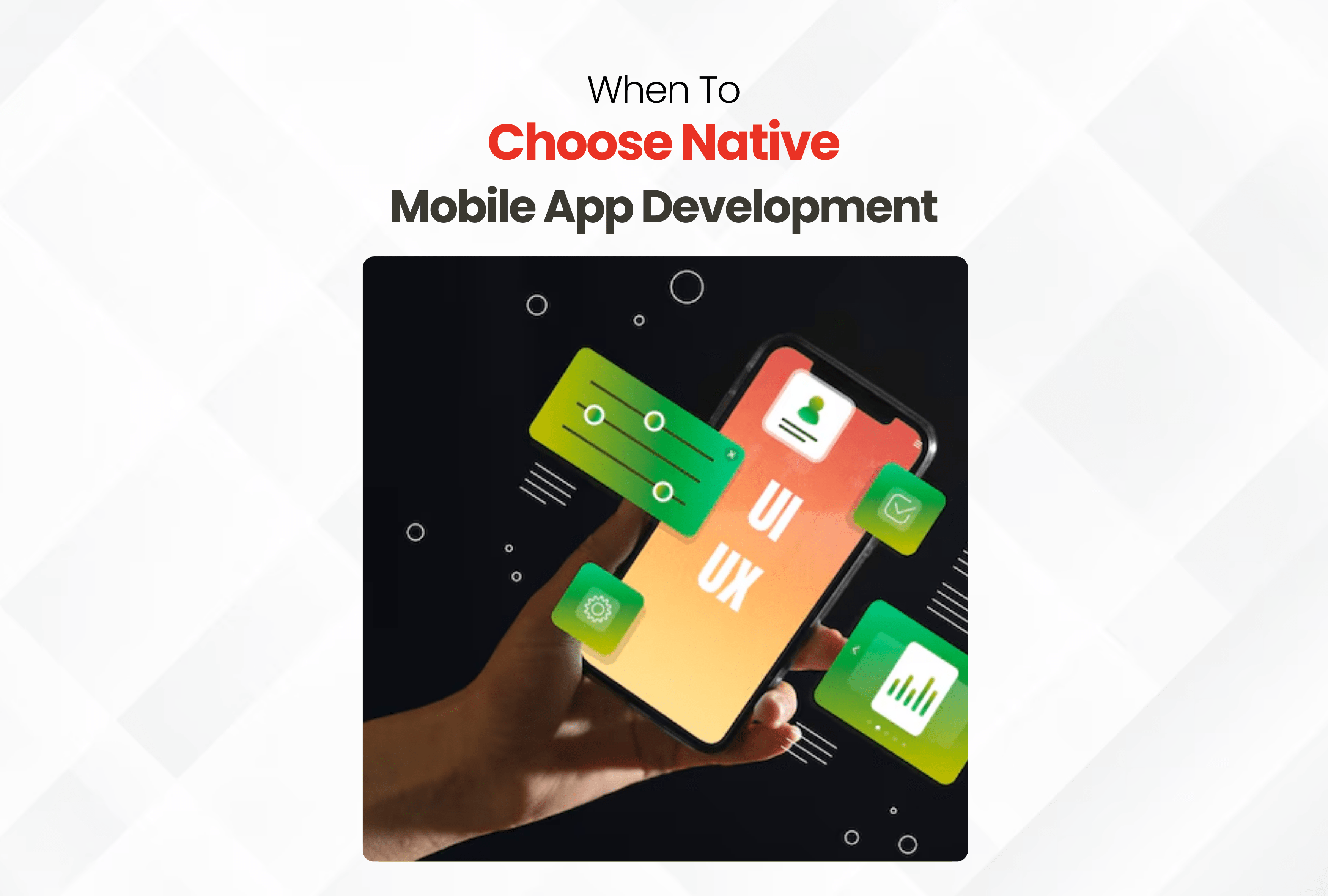
You’ve explored React Native and native development. Now, let’s determine when native development is the superior choice. The decision rests on your app’s complexity, performance needs, and long-term maintenance considerations. Native development provides a higher level of control and often better performance.
Preferring native app development is a good choice when:
- You are developing a complex application requiring high performance and smooth user experiences, especially those with intensive processing demands. Native development offers better access to hardware resources and optimization capabilities.
- Your app roadmap includes frequent updates with platform-specific features. Native development simplifies the management and deployment of these updates, ensuring full compatibility and optimization for each platform.
- You prioritize a native user experience aligned with platform-specific design guidelines. Native apps deliver the most cohesive and responsive interfaces, which is crucial for applications where user experience is paramount.
- You are developing a utility app that relies heavily on native device features and APIs for optimal performance and seamless integration. Native development provides direct access to device hardware and functionalities.
- You are building an IoT-based mobile application requiring deep integration with hardware components and reliable performance. Native development offers the necessary control and stability for seamless interaction with IoT devices.
- Your app demands high security and needs to adhere to strict platform-specific security requirements. Native development often offers more granular control over security implementations.
- You anticipate significant long-term growth and need a scalable architecture that can handle increasing user loads and data volumes efficiently. Native development allows for more fine-grained performance optimization.
Famous Brands that Use Native Development
Many successful apps rely on native development, prioritizing performance, security, and platform-specific features. These examples illustrate the strategic considerations behind choosing native development over cross-platform alternatives like React Native.
Spotify
Spotify utilizes native development for its music streaming app. The app’s complex audio processing and offline playback capabilities require the performance and efficiency that native development provides, ensuring seamless integration with various hardware components for an optimal user experience.
Tesla
Tesla’s app, which controls and monitors electric vehicles, uses native development. Real-time data, remote controls, and secure authentication demand the robustness and performance native development offers.
LinkedIn’s mobile app is developed natively to provide a fast and responsive interface. This choice allows them to implement complex features effectively while maintaining optimal performance across devices, ensuring a smooth user experience for professionals worldwide.
Snapchat
Snapchat leverages native development to deliver smooth visual filters and real-time communication features. The app’s reliance on camera access, image processing, and location services necessitates direct access to hardware resources that only native development can provide efficiently.
These examples demonstrate that native development remains the preferred choice for applications demanding high performance, complex features, and platform-specific optimizations.
Ready to Develop Your Mobile App?
After exploring the pros and cons of native vs React Native, the decision ultimately depends on your project needs. For some, native iOS app development may provide the performance and integration needed, while others might benefit from the efficiency of React Native.
Here’s a quick guide to help you make the choice:
- Do you need to make an iOS-only or Android-only app? Go native.
- Do you have a small team with limited time and resources and need to make an app for both platforms? Go React Native.
- Do you need to make a highly complex app that utilizes a large portion of platform-specific code? Go native.
- Do you want to take advantage of fast build time and features such as hot reloading and live reloading? Go React Native.
- Do you plan to maintain the app over a long period without fear of Facebook quitting React Native? Go native.
- Do your developers have a strong React / Web development background? Go React Native.
- Does your app need to support new mobile OS features as soon as they are released? Go native.
- Is your app going to look and behave the same on both platforms? Go React Native.
For startups, React Native is often the recommended choice, as it allows for faster cross-platform development with fewer resources. If you’re ready to get started, explore our React Native app development services to build an app that suits your goals and budget.

 267 Views
267 Views February 24, 2025
February 24, 2025